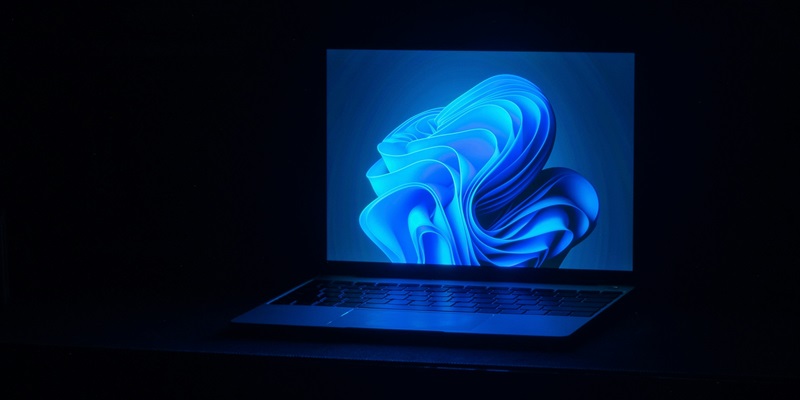Microsoft is paving the way for advanced technology integration by upgrading its classic text editor, Windows Notepad, with cutting-edge artificial intelligence features. This significant enhancement reflects a growing recognition of AI’s pivotal role in shaping future productivity tools and user interactions. By melding AI with such a staple in its software collection, Microsoft signals a commitment to innovative development. This move aligns with the broader tech industry’s trend toward creating more intelligent, intuitive applications. As users continue to seek efficiency and smarter functionalities, AI-infused tools like the new Notepad are set to redefine the landscape of digital task management and cater to the nuanced demands of modern computing. This strategic update exemplifies Microsoft’s dedication to staying at the forefront of AI implementation, ensuring their software remains relevant and competitive in a rapidly evolving market.
Enhanced Functionality in Notepad
Explain with Copilot Feature
With the latest release of Notepad, Windows 11 users can seamlessly obtain insights into complex texts such as programming code or extensive log files. This is made possible through the new feature, “Explain with Copilot,” which provides detailed AI-driven explanations with a simple right-click on the selected text or a convenient keyboard shortcut (Ctrl-E). The potential to decode intricate content with the assistance of an AI copilot brings unprecedented efficiency to a decades-old program.
This remarkable feature carves out a new dimension for Notepad, aesthetically unobtrusive but sophisticated in its capabilities. Notwithstanding the innovative strides, the feature’s successful implementation depends on regional availability and an active internet connection, hinting at potential accessibility issues that users in varying locales might encounter.
Copilot Actions: System-wide Service
Branching out from Notepad, the “Copilot Actions” functionality found in build 26052 is Microsoft’s ambitious stride toward a pervasive AI experience within the Windows ecosystem. This system-wide service diligently offers context-relevant actions adjacent to the Copilot icon on the taskbar, enabling a consistent AI presence throughout the user’s interaction with the operating system.
When engaged, this service acts as an intermediary between the user and Microsoft’s servers, requiring constant internet access to deliver its intelligence. Although its effects transcend Notepad, one of its hallmark features is the familiar ‘explain’ function. This highlights Microsoft’s strategy to not only integrate AI across different applications but also ensure coherence in the user experience across the board.
Broader AI Implementation Strategy of Microsoft
Future Developments in Computing
Microsoft’s prolific integration of AI within even the most rudimentary tools, such as Notepad, is indicative of the company’s vision for future computing developments. AI is not merely an auxiliary enhancement but is posited to become the backbone of user-software interaction. The continuous enhancement of software tools with AI underscores Microsoft’s dedication to innovation at every level of the digital experience.
This integration exemplifies a profound shift in software design, where AI ceases to be an independent accessory and becomes an indistinguishable part of software solutions. The emergence of AI within Notepad exemplifies Microsoft’s commitment to not just riding the wave of innovation but actively shaping the future of computing through intelligent design and user-centric approaches.
Transforming User Experience
The advent of AI in Windows 11’s Notepad also accentuates Microsoft’s broader thesis on the role of AI in transforming user experience. AI integration into simple software reflects an overarching aim to make daily computing tasks more intuitive and efficient. The deployment of AI within Notepad suggests a commitment to advancing user engagement with digital tools, ensuring that the technology serves to streamline and enrich interaction rather than complicate it.
This progression heralds a new era where users can expect not just functionality but intelligent assistance from their applications, even in tasks considered trivial. As Microsoft continues to entrench AI within its suite, the curtain rises on a new stage of the digital workplace, one where software becomes an active participant in the user’s journey, enabling possibilities once deemed science fiction.

